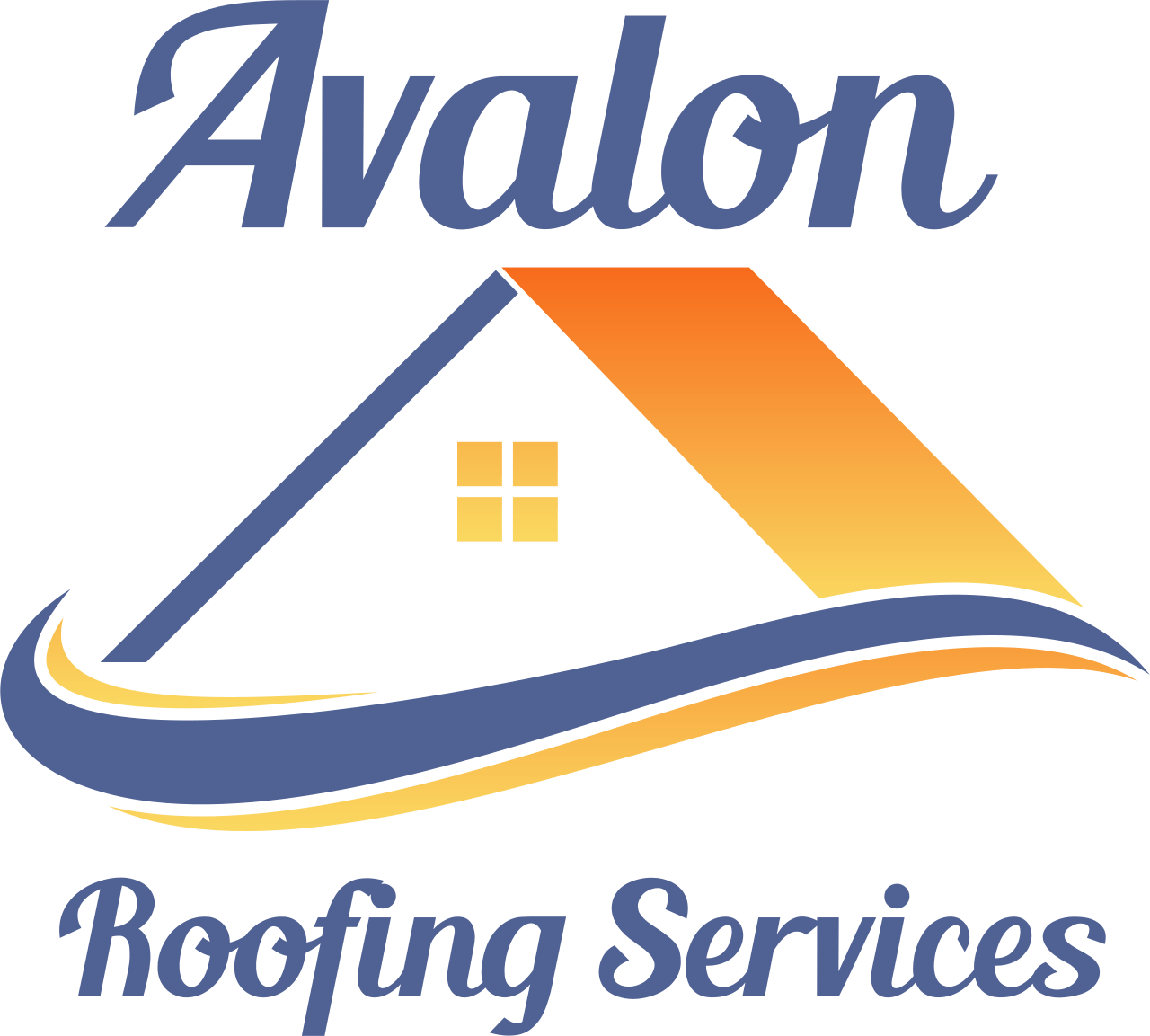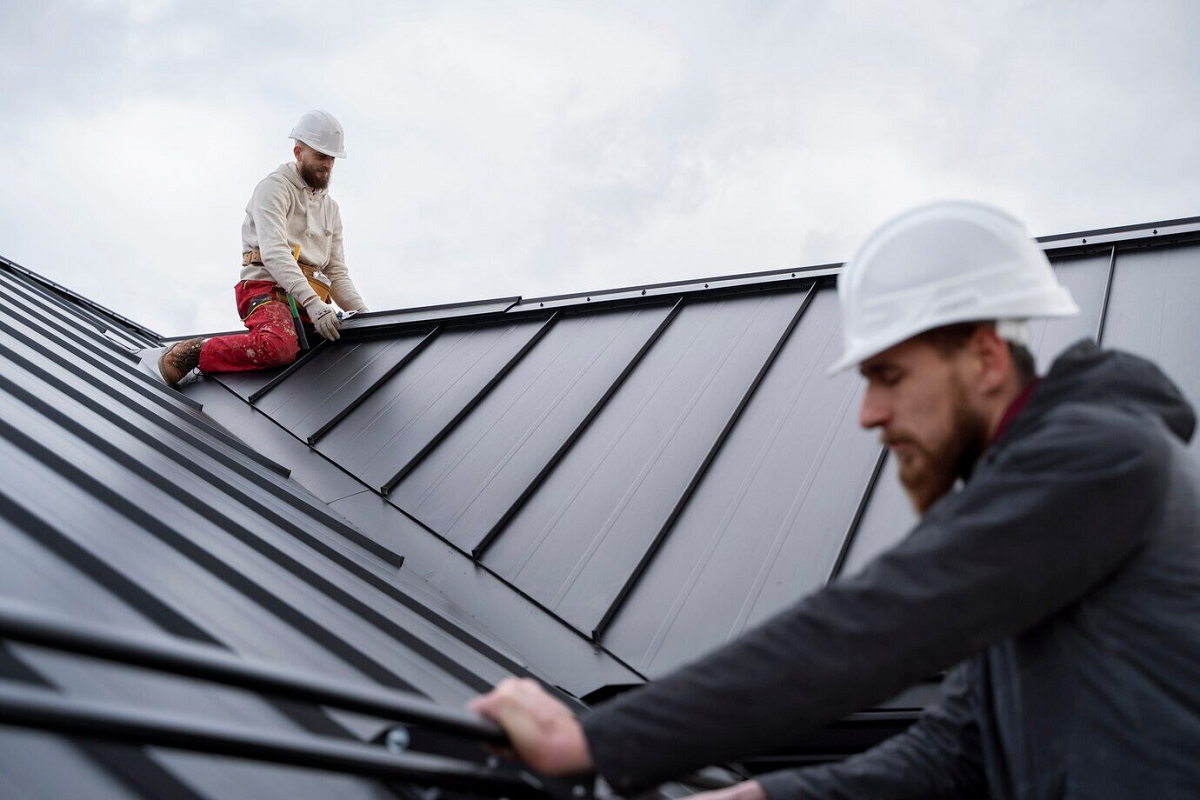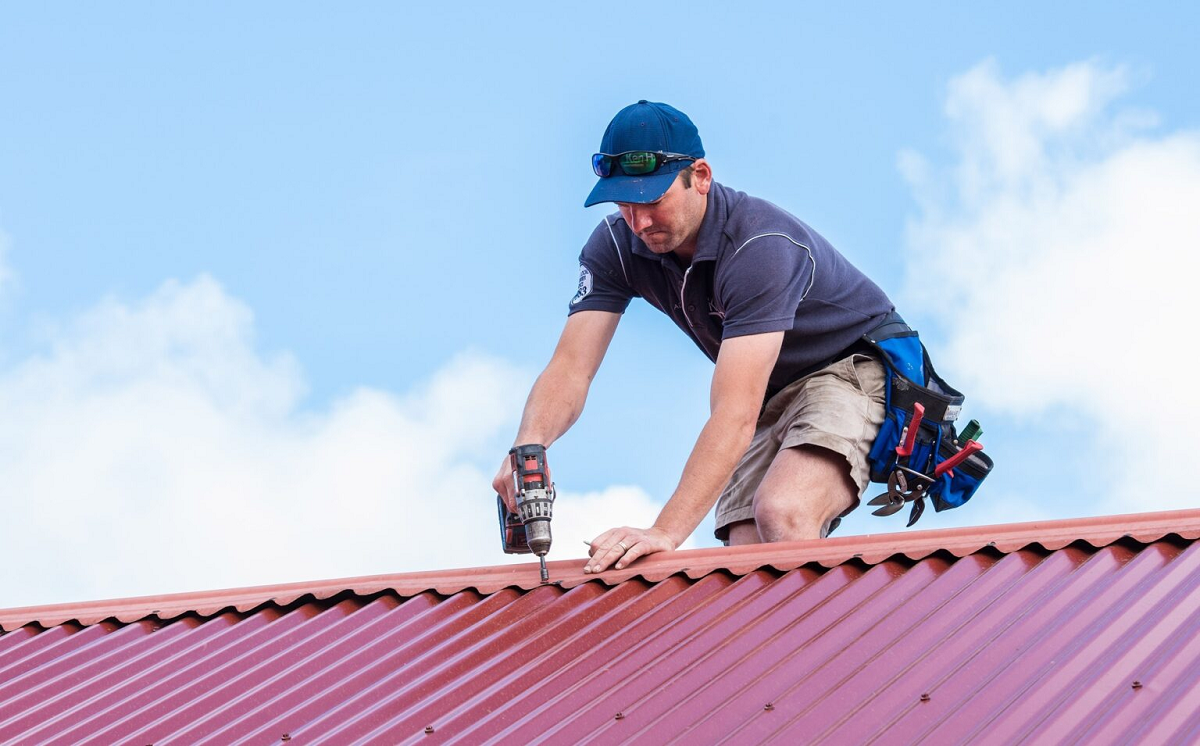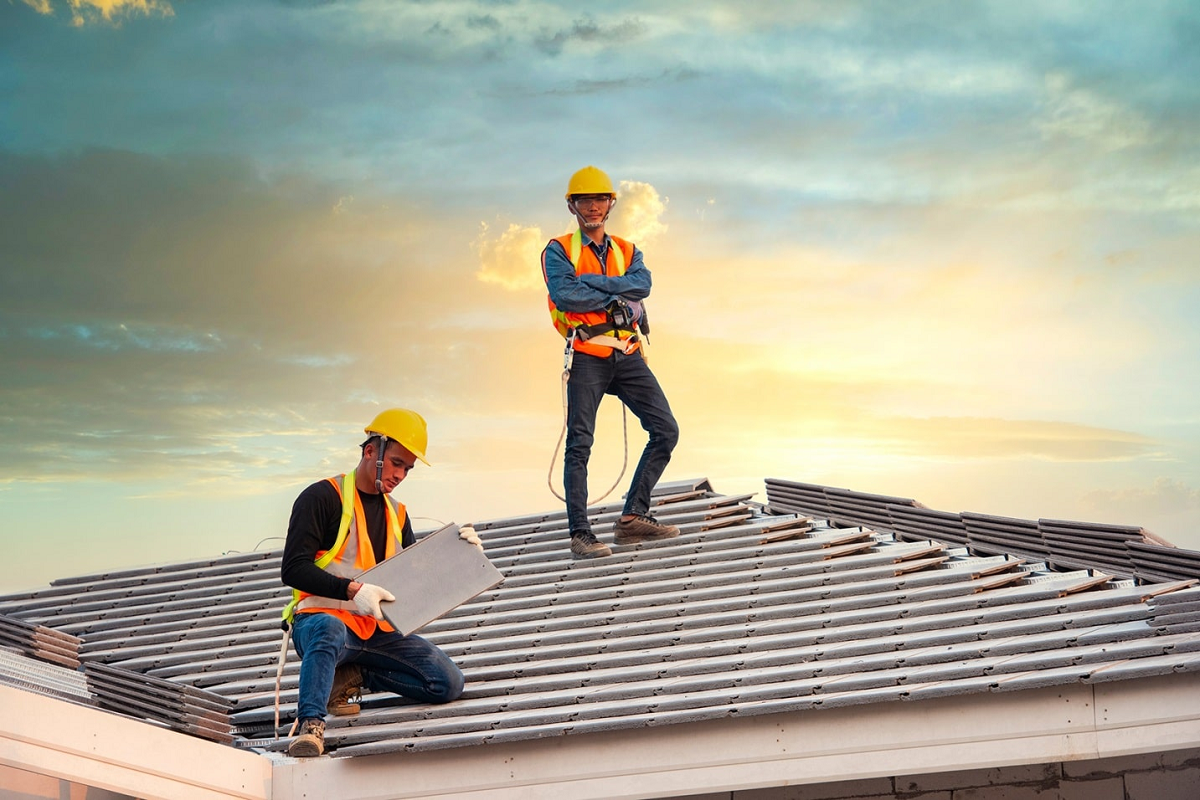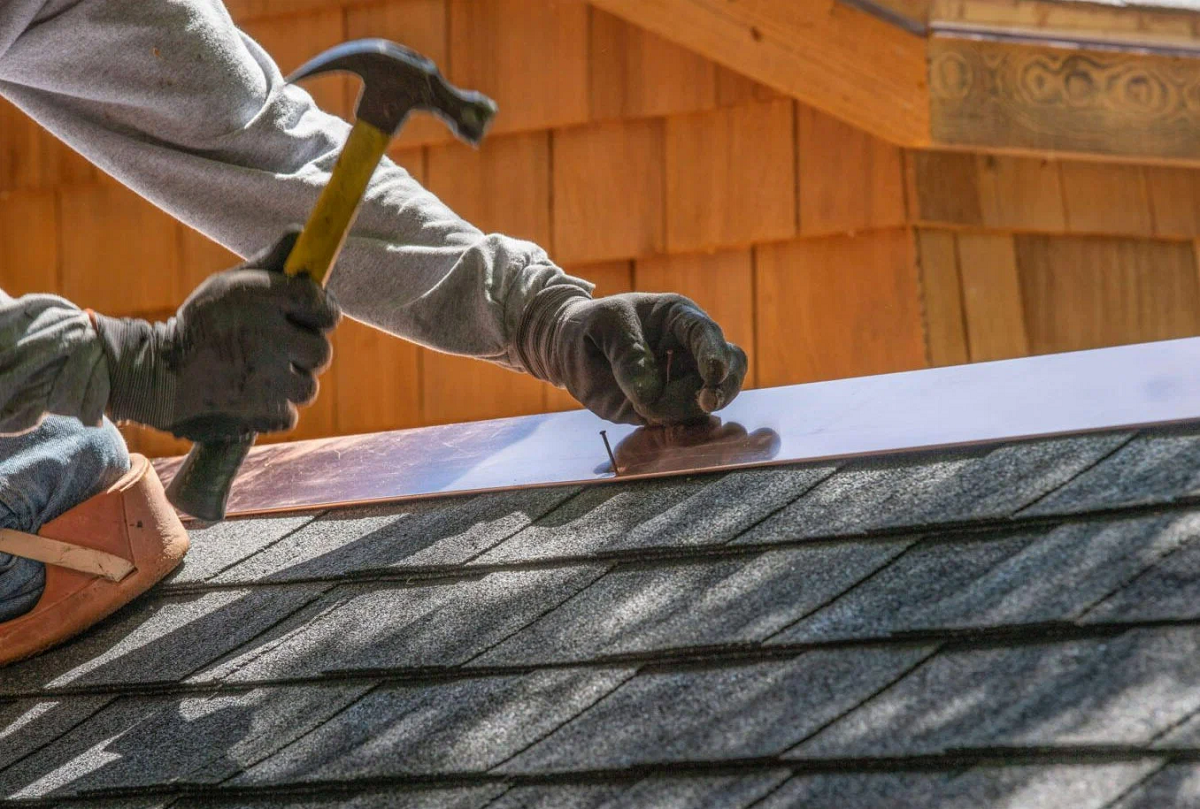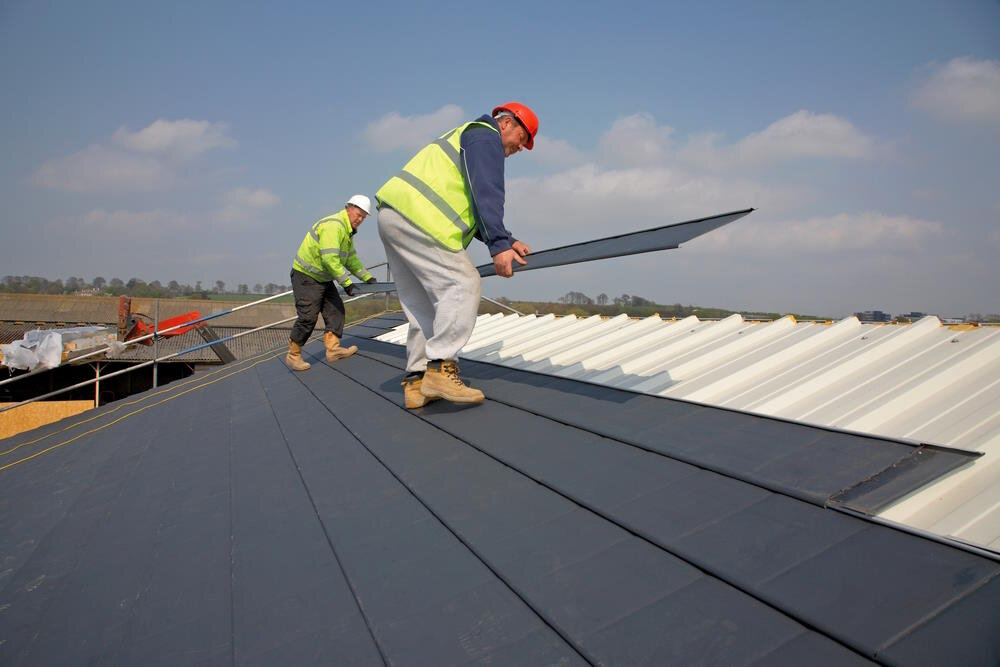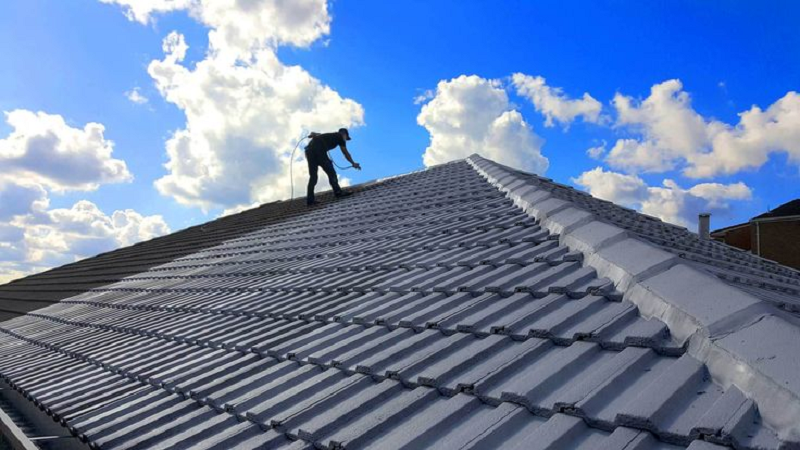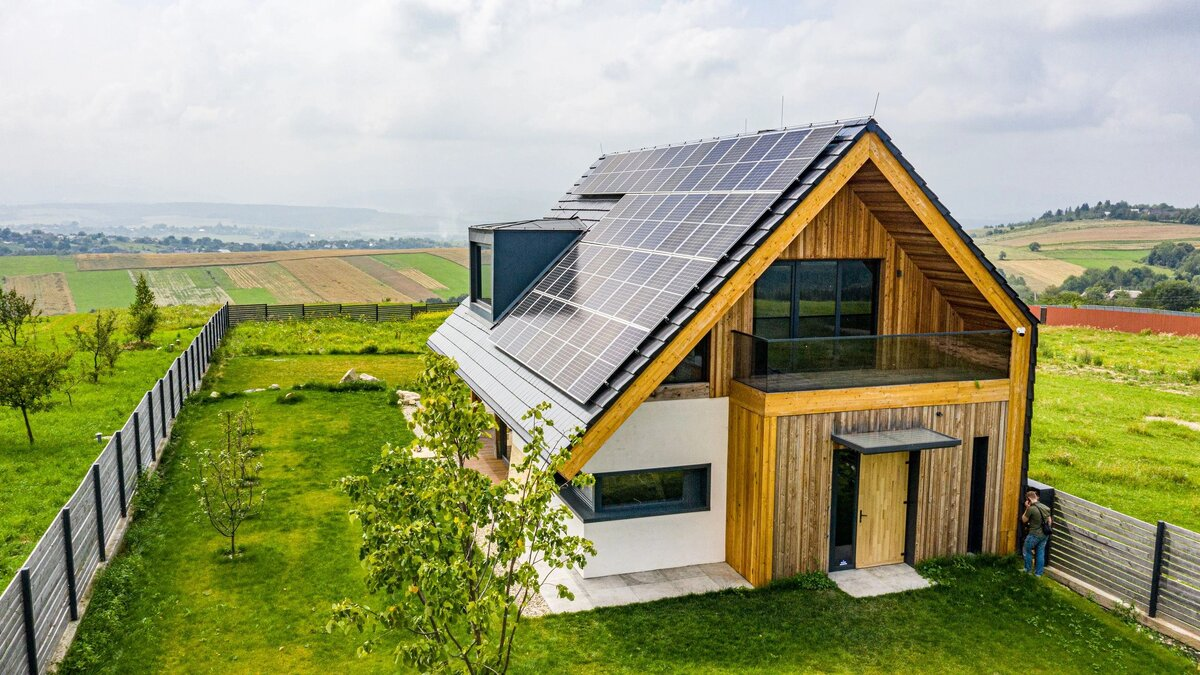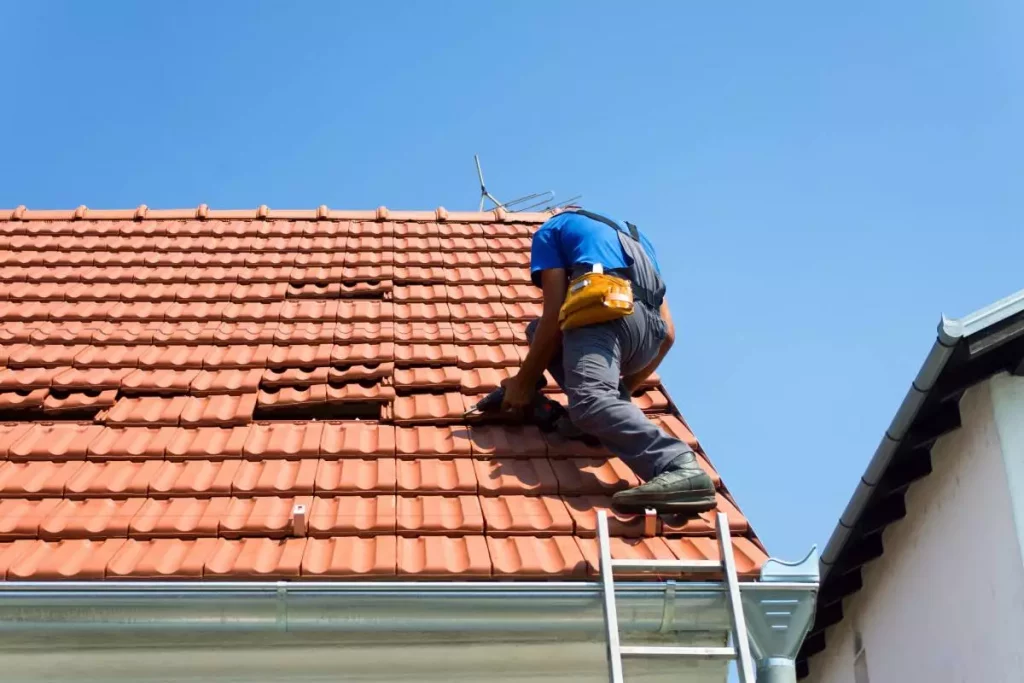Common Issues in Tile Roof Repair and Solutions for Manteca
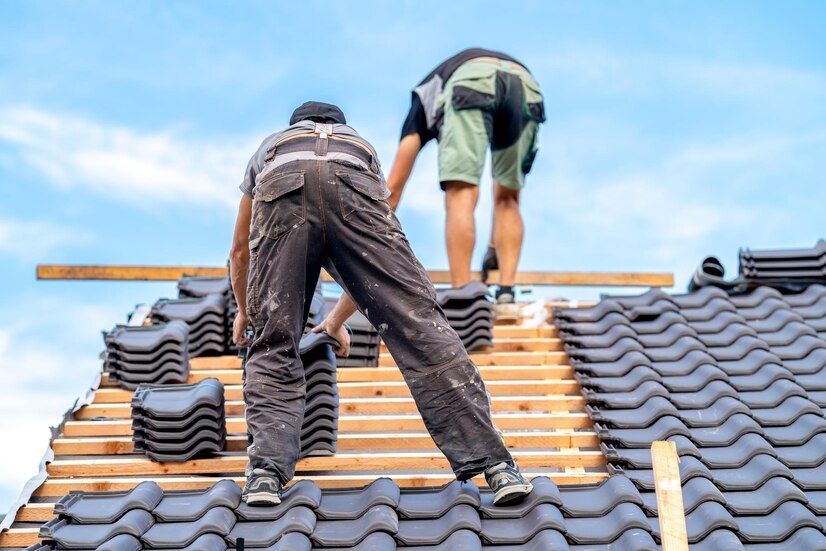
Tile roofs offer both durability and aesthetic appeal, but they come with their own set of challenges when it comes to repair. Homeowners in Manteca often encounter common issues such as cracked tiles, leaks, and damaged underlayment. Understanding these problems is crucial for effective maintenance and preventing costly repairs down the line.
Addressing tile roof repair issues starts with identifying the root cause of the damage. Whether it's weather-related wear and tear or improper installation, knowing the common pitfalls can help you choose the right solutions and avoid future headaches. Regular inspections and timely repairs will keep your tile roof in top condition for years to come.
Cracked Tiles and Their Causes
Cracked tiles can be a common problem for tile roofs, and several factors can contribute to this issue. One of the primary causes is age; as tiles weather over time, they become more susceptible to cracks. Heavy impacts, such as falling branches or debris, can also lead to significant damage.
Additionally, temperature fluctuations can cause tiles to expand and contract, leading to stress fractures. When tiles crack, they can compromise the roof’s ability to shed water effectively, potentially leading to leaks and further deterioration. Identifying and addressing these cracks early can help prevent more extensive damage and ensure the longevity of your roof.
Common Leak Sources in Tile Roofs
Tile roofs, while durable, can suffer from leaks due to various issues. Identifying common leak sources is crucial for effective repairs and maintaining your roof's integrity.
- Damaged Flashing: Flashing around chimneys, vents, and skylights can deteriorate over time. When flashing is compromised, water can seep beneath the tiles, leading to leaks and potential damage to the roof structure.
- Cracked or Missing Tiles: Tiles that are cracked or missing expose the underlayment and roof structure to the elements. This allows water to penetrate and cause leaks, making timely replacement crucial for preventing further issues.
- Improper Tile Installation: Incorrectly installed tiles can lead to gaps and misalignment, which compromise the roof's ability to shed water effectively. This often results in leaks and accelerated wear on the roof.
- Worn Underlayment: The underlayment provides an additional barrier against moisture. Over time, it can become worn or damaged, leading to leaks if it is not replaced promptly during routine maintenance.
- Clogged Gutters and Downspouts: Blocked gutters and downspouts prevent proper drainage, causing water to pool on the roof and potentially seep into the structure. Regular cleaning and maintenance help mitigate this risk.
Addressing these common leak sources promptly ensures your tile roof remains in good condition, protecting your home from potential water damage and extending the roof’s lifespan. Regular inspections are key.
The Impact of Weather on Tile Roofs
Weather conditions play a significant role in the lifespan and maintenance of tile roofs. Understanding these effects helps homeowners anticipate issues and take proactive measures to protect their investment.
Temperature Fluctuations
Extreme temperature variations can cause tile materials to expand and contract. Over time, this constant movement creates stress fractures and compromises the roof's integrity. These fractures can lead to leaks and further damage if not addressed promptly. Regular inspections help identify and fix these issues before they worsen.
Heavy Rain
Intense rainfall can reveal underlying problems with a tile roof, such as loose or cracked tiles and damaged flashing. Water infiltration through these weaknesses can cause significant damage to the roof structure and interior of the home. Installing and maintaining an effective drainage system is crucial to managing heavy rain impacts.
High Winds
Strong winds have the potential to dislodge or damage roof tiles, creating gaps where water can enter. This exposure increases the risk of leaks and structural damage. Ensuring tiles are securely fastened and conducting regular inspections are key to preventing wind-related roof issues and maintaining overall roof stability.
Snow and Ice
The accumulation of snow and ice can place considerable weight on a tile roof, potentially causing tiles to crack or become displaced. The cycle of melting and refreezing can further exacerbate these problems by causing tiles to shift and lead to leaks. Proper winter maintenance and inspections are essential to manage these risks.
Sun Exposure
Prolonged sun exposure can cause tiles to become brittle, fade, and lose their protective properties. This deterioration reduces the roof’s effectiveness and can lead to more frequent repairs. Regular maintenance and applying protective coatings can help mitigate sun damage and prolong the life of your tile roof.
Signs Your Tile Roof Needs Immediate Repair
A well-maintained tile roof is crucial for your home’s protection. Pay attention to these signs that indicate your tile roof may need urgent repair to prevent further damage.
- Cracked or Broken Tiles: Visible cracks or broken tiles can expose the underlayment to the elements, leading to leaks. Immediate replacement is essential to avoid water damage and further deterioration.
- Water Stains on Ceilings or Walls: Stains inside your home often signal leaks from the roof. These should be addressed promptly to prevent mold growth and structural damage.
- Missing or Displaced Tiles: Missing tiles compromise the roof’s ability to protect your home. Replacing them quickly can prevent leaks and protect the underlying structure from exposure.
- Sagging Roof Sections: If you notice areas of the roof that appear to sag or dip, it may indicate structural issues or damage. Immediate inspection and repair are crucial to address potential safety concerns.
- Deteriorated Underlayment: The underlayment is critical for waterproofing. If it’s worn or damaged, it can lead to leaks. Replacing it promptly helps maintain the integrity and effectiveness of the roof.
Address these signs as soon as possible to ensure your tile roof remains effective and your home stays protected.
Replacing Broken Tiles
Replacing broken tiles is a straightforward process, but it requires careful attention to detail. Start by removing the damaged tile, which may involve lifting surrounding tiles and carefully prying out the broken one. Once removed, inspect the area for any underlying issues that need addressing, such as damaged underlayment.
Place the new tile in position, ensuring it fits snugly and aligns with adjacent tiles. Secure it with the appropriate adhesive or fasteners, following manufacturer guidelines. Finally, replace any surrounding tiles and check the overall alignment to ensure a seamless repair. Properly replacing broken tiles helps maintain the roof’s protective function and aesthetic appeal.
How to Address Underlayment Issues
Underlayment is a crucial component of tile roofs, providing an additional layer of protection against moisture. If the underlayment becomes damaged or worn, it can lead to leaks and other significant problems. Addressing underlayment issues involves removing the affected tiles and inspecting the underlying material. Look for signs of wear, such as tears, holes, or deterioration.
Replace any damaged sections with new underlayment, ensuring it is properly installed and sealed to prevent future leaks. Replacing the underlayment can be a more involved process but is essential for maintaining the roof’s overall integrity and preventing water damage.
The Role of Proper Tile Roof Installation
Proper installation is key to the long-term performance and durability of tile roofs. A well-installed roof ensures that tiles are aligned correctly and that all components, including flashing and underlayment, are properly placed. Incorrect installation can lead to a range of problems, from leaks and tile displacement to premature wear and tear.
It’s important to hire experienced professionals who understand the nuances of tile roof installation to ensure that every aspect is handled correctly. Investing in proper installation not only enhances the roof’s functionality but also helps prevent costly repairs and extends the life of your tile roof.
Preventing Moss and Algae Growth
Moss and algae growth can be more than just a cosmetic issue; it can also impact the performance of your tile roof. These organisms thrive in damp, shaded environments and can cause tiles to deteriorate over time. To prevent growth, ensure that your roof has proper drainage and ventilation to reduce moisture retention.
Regular cleaning can also help remove any moss or algae before it has a chance to establish itself. There are various treatments available, such as antimicrobial solutions, that can be applied to deter growth and protect your tiles. Keeping your roof clean and well-maintained will help preserve its appearance and functionality.
The Importance of Regular Tile Roof Inspections
Regular inspections are vital for maintaining the health of your tile roof and catching potential issues before they become major problems. An inspection should include checking for cracked or missing tiles, examining the condition of the underlayment, and ensuring that all flashing and seals are intact.
By scheduling inspections at least once a year, or after severe weather events, you can address minor repairs promptly and prevent more extensive damage. Keeping a close eye on your roof’s condition helps ensure its longevity and protects your home from potential water damage.
Cost-Effective Solutions for Tile Roof Repairs
Finding cost-effective solutions for tile roof repairs involves balancing quality with affordability. Start by identifying the most pressing issues, such as cracked tiles or leaks, and prioritize repairs based on their urgency. Look for reputable contractors who offer fair pricing and can provide detailed estimates for the work needed. Consider using high-quality materials that offer durability and long-term value, even if they come with a higher initial cost. Additionally, performing regular maintenance and addressing small issues early can prevent more costly repairs in the future. With careful planning and smart choices, you can maintain your tile roof effectively without breaking the bank.
Maintaining your tile roof is essential for ensuring its durability and protecting your home from the elements. By addressing common issues such as cracked tiles, leaks, and underlayment problems, you can extend the life of your roof and avoid costly repairs. Regular inspections and timely maintenance are key to keeping your tile roof in top shape. With the right approach and professional care, your tile roof will continue to provide reliable protection and enhance your home’s curb appeal.
For expert tile roof repair and maintenance, trust Avalon Roofing Services-Manteca.
Contact us at (209) 483-7593 or email us at contact@avalonroofing209.com. Visit us at 114 Almond Ave, Manteca, CA 95337 for a consultation. Let us help you keep your roof in excellent condition!
